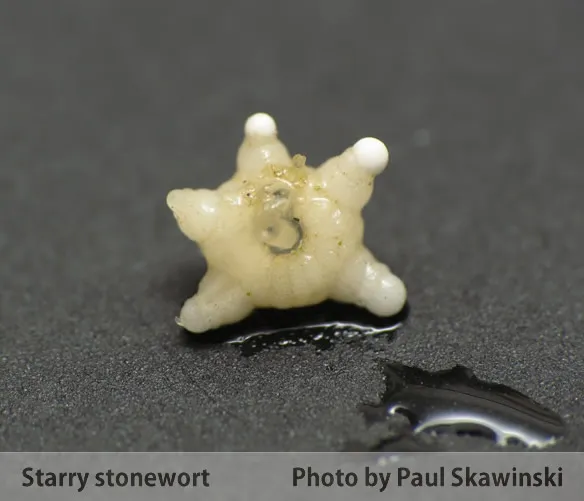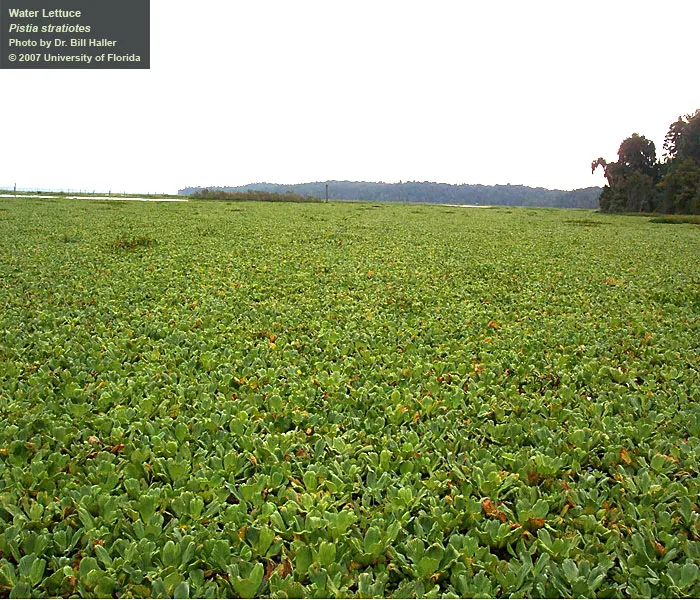Spotted Wing Drosophila
Drosophila suzukii
Spotted wing drosophila (SWD), Drosophila suzukii, is an insect pest of economically valuable small fruit and tree fruit crops. Known in Oregon and the Pacific Northwest since about 2009, this species now appears to be established in many fruit growing regions around the country. Growers and researchers are working together to implement effective pest control strategies.













